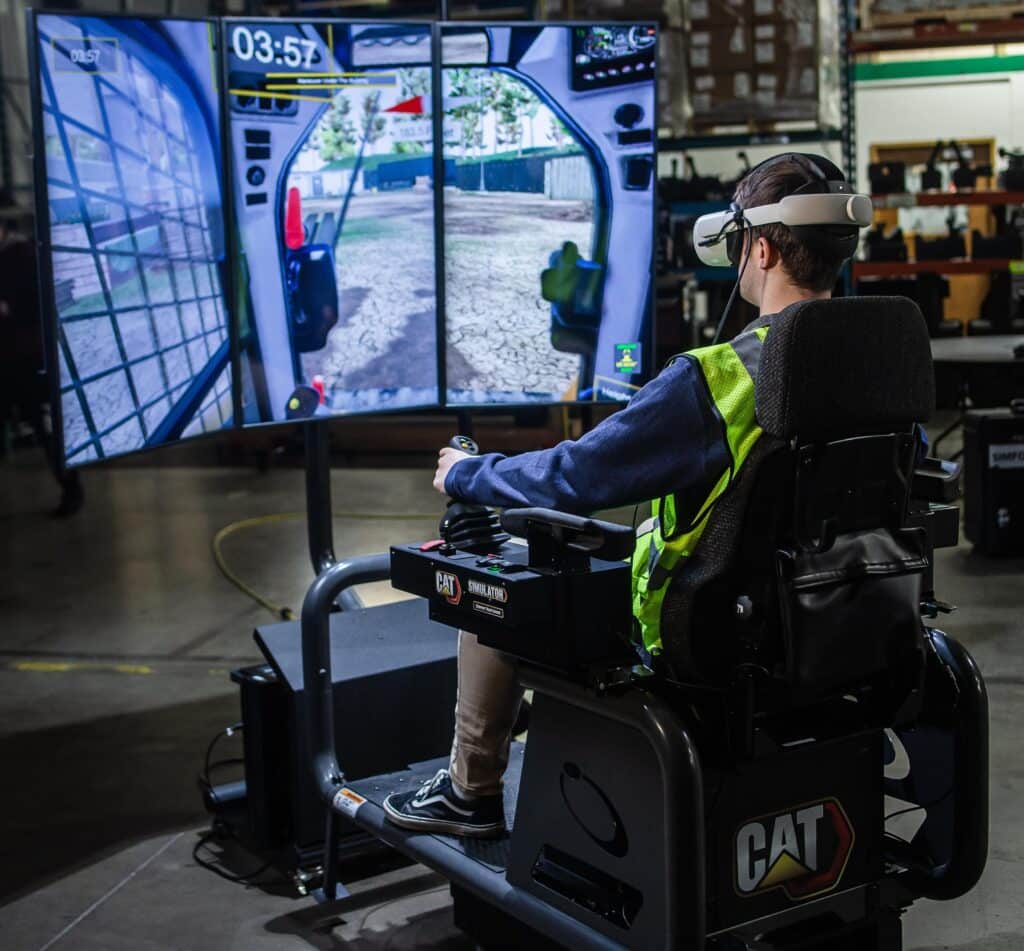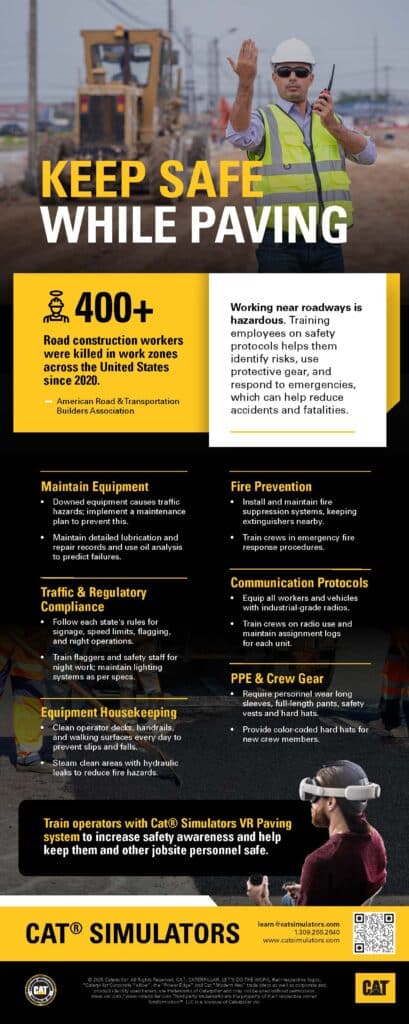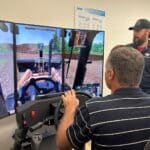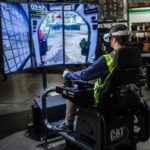In 2003, Northwestern Alaska Career and Technical Center (NACTEC) opened its doors to high school students in the Nome, Alaska, area. In partnership with the Bering Strait School District (BSSD) and Nome Public Schools (NPS), the Center is not a typical educational institution.
The Center’s 20 to 25 programs are designed to allow students to explore numerous vocational careers and prepare them for employment and postsecondary education. Each program lasts two weeks, during which time students live on campus. Once there, they immerse themselves in a unique learning experience and receive workforce development training, technical skills, and life and work readiness skills.
One of the programs, which focuses on an introduction to heavy equipment operator (HEO) training, came about after Doug Walrath, director of NACTEC, received feedback from the community that heavy equipment operators were needed. That’s when Walrath decided to create an HEO program that would engage students who were not interested in traditional four-year college tracks but were more likely to continue their education in vocational trades.
Walrath explained that after NACTEC representatives visited the King Tech High School in Anchorage, where they saw Cat ® Simulators, they decided to include them in the program. The HEO program now features eight full-size Cat Simulators systems, three Cat Simulators SimLite systems, an ITI Crane Simulator and an L3Harris™ CDL Truck Driver Simulator.
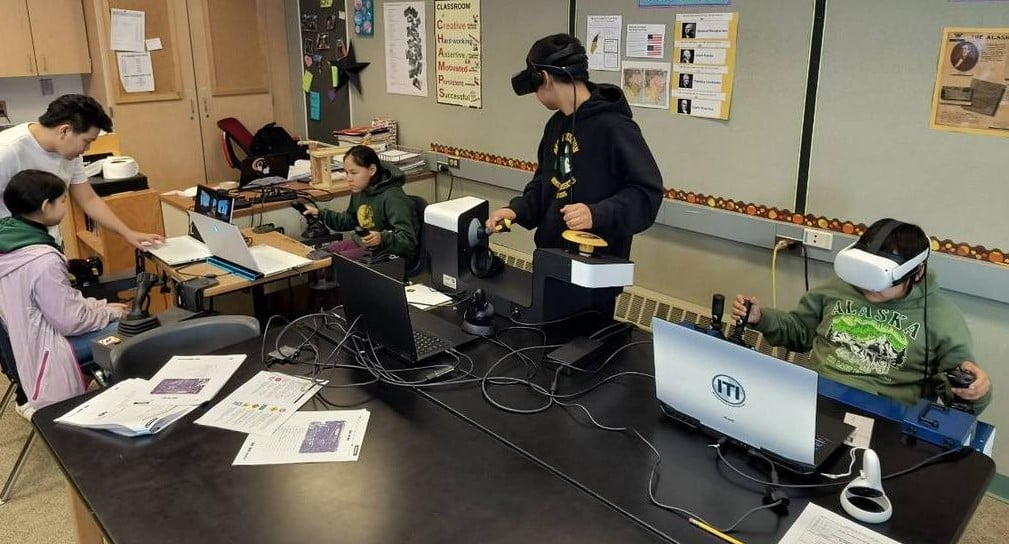
“We saw the engagement of the students who got a chance to sit at the simulators and operate them,” said Walrath.
Once the simulators arrived, the team positioned them in an unconventional location: the NACTEC House (a.k.a. the student dormitory). The simulators would be a crucial part of the program, so easy access to them was a must.
“The simulators are located upstairs on the second floor. We purposely put them there because we wanted the students to have maximum exposure to the training,” said Walrath. “We replaced an air hockey table, a foosball table and a ping-pong table with the eight Cat Simulators. This allowed us to expand the instructional day without the students even realizing that was what we had done.”
Walrath continued, “Our mission is workforce development training, which is why we brought in training tools that align with our mission and are also friendly for students. We’re more about a career exploratory and getting kids’ eyes open to possibilities and trying things. That’s where the simulators come in.”
One of NACTEC’s goals is to create a peer-to-peer learning environment, which simulators help accomplish. “The students come from very small villages where everybody knows everybody else. It can be challenging for the students to step away, to go to an environment where you don’t know anyone, and you’re away from everything that’s part of your daily norms,” said Walrath.
Walrath explained that the program uses Cat Simulators built-in reporting software, SimU Campus™, to help the students build a digital training portfolio. While living at the Center, students go through a series of rotations intended to help them with independent living away from home. These rotations can include varying life skills training, such as cleaning their room, making their bed, cleaning the bathroom, learning what cleaners to use, and much more.

“The heavy equipment operator rotation utilizes simulators to teach students how to operate machinery safely,” explained Walrath. “In their free time, students have the opportunity to learn how to operate wheel loaders, hydraulic excavators, bulldozers, graders, mining, off-highway, and articulated trucks using the full motion-based and VR-equipped Cat Simulators. When they log in with their username and password, Cat Simulators SimU Campus records [and reports] their training information.”
Recently, the Center hosted a group of students to introduce them to the mining industry and hopefully pique their interest in it. “This is an introductory course,” explained Demetrios Pantelis, one of the CTE teachers who hosted the course. “It’s a chance for the students to be introduced to the mining industry here in Alaska and use our Cat Simulators.”
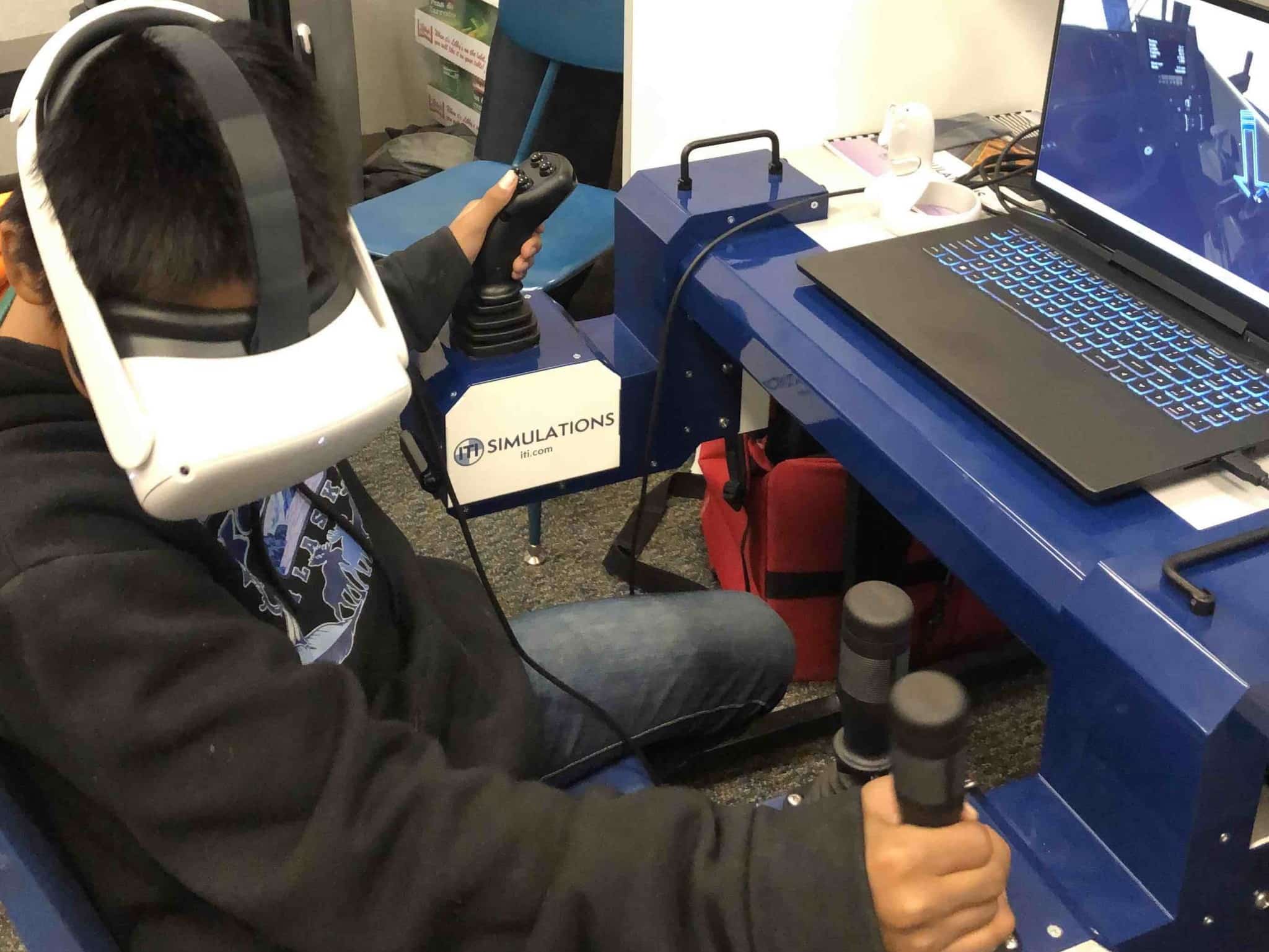
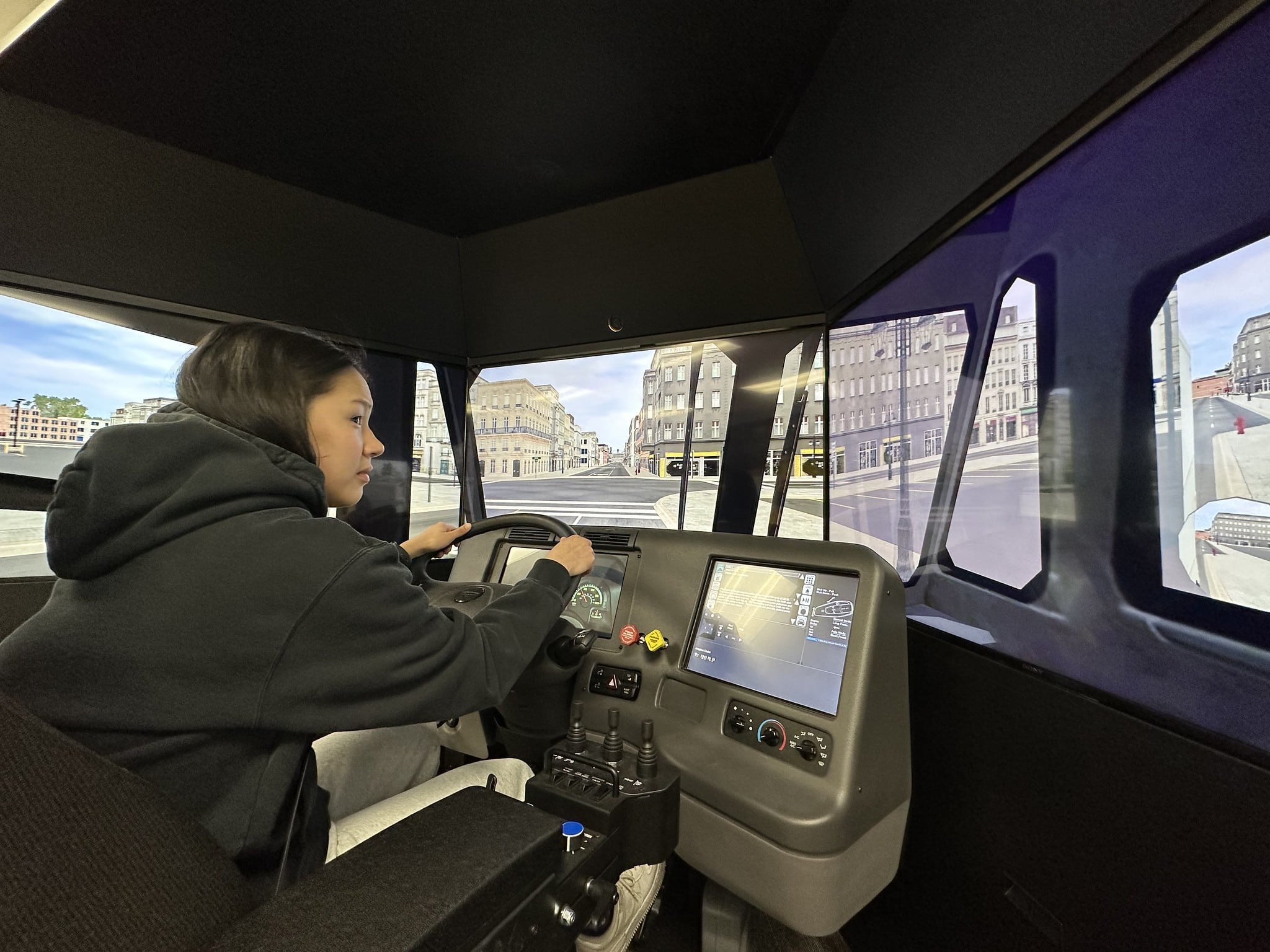
During the school’s regular heavy equipment rotations, Pantelis gives students time to train on the different simulators, including the ITI Crane Simulator.
“I try to have a big board that they can check off all the different exercises they did during the week,” said Pantelis. “Did they do the control familiarization? Did they do the maneuvering? The backfilling? They try to check off and keep track of what they’ve done so that we can see how many different things they learned how to do at the end of the week.”
“We have a few students whose families work with heavy equipment, and those students find the simulators similar to the real machines,” explained Pantelis. “I think the controls familiarization on the simulators is valuable to the students. It gives them a chance to press every button even if they’re not really sure what it does yet, and then they can learn what each button does.”
Training in Remote Villages
This past year, the Center took the HEO training program on the road and to the sky, traveling to 30 villages within a 150-mile radius of Nome to introduce more than 210 students to heavy equipment using Cat Simulators Excavator, Dozer and Compact Track Loader SimLite systems.
“Our team successfully conducted five week-long village-based trainings, including one in Teller, Alaska. Teller is the only village connected to the road system, but it posed unique challenges,” said Walrath. It’s a dirt road, but it’s usually open in September until snow flies in October. We overcame these challenges by driving there in September, loading up our transit van with all the simulators, and bringing it up there.”
“We also flew to Koyuk in October, Shishmaref in November/December, Brevig Mission in February and Elim in April,” added Walrath. “The students are excited about the simulators. They’ll stay on them for as much time as you provide, and for us, that’s the hook to get them interested and engaged in operating heavy equipment.”


